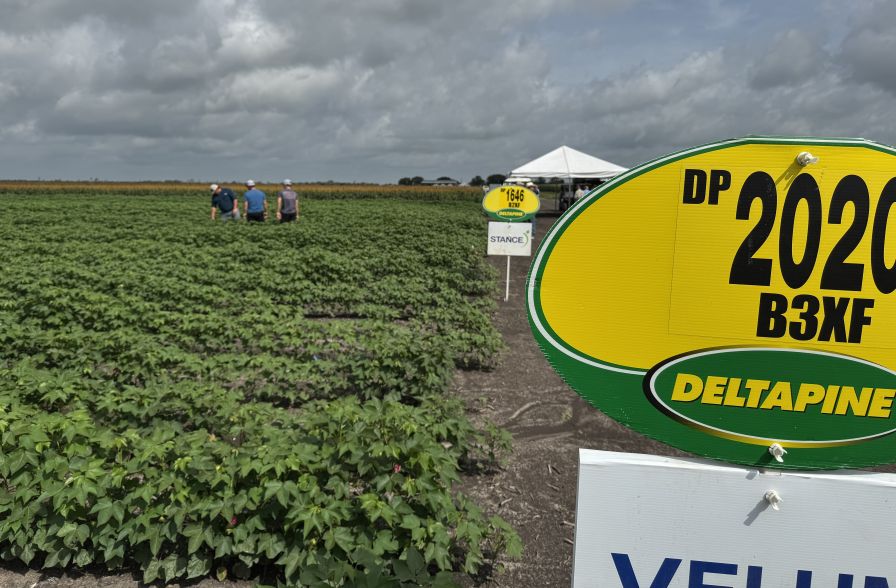The United States: Driving Demand Creation
If you’ve ever heard the catchy jingle about cotton being the fabric of your life, you’ve been touched by the U.S. cotton industry. Launched in 1989, the iconic jingle was developed by Cotton Incorporated, one of the top American cotton associations, along with the National Cotton Council of America and its international division, Cotton Council International, and the American Cotton Shippers Association.
Other unique aspects of the U.S. cotton industry include the sophistication of vertically integrated companies such as the Plains Cotton Cooperative Association, the uncanny insights of economist O.A. Cleveland, and the highly sought-after Pima cotton—the American entry in the extra-long staple (ELS) market.
Up, Down and All Around
The fortunes of the U.S. cotton industry have been up-and-down in recent years—a reflection of the rollercoaster ride that the larger global industry has endured. Fortunately, the industry was on the right track last year:
- At 18.4 million bales, the 2010 crop was 6.3 million bales higher than in 2009—about 1 million bales higher than the five-year average.
- 2010’s yield of about 820 lbs/acre was the third-highest national total in the world.
- Abandonment in 2010 was 2.4%, the lowest it’s been in 60 years.
- At 11 million acres, the planted area was the highest it’s been since 2006.
- Upland cotton production reflected a year-over-year increase in every region of the U.S. Cotton Belt.
- The 2010 ELS crop was 26% higher than in 2009.
Early estimates from the NCC, U.S. Department of Agriculture and other organizations paint an even brighter picture for next year, with planting intentions showing a gain of more than 14% in total acreage.
Unfortunately, nothing is guaranteed, and that bright outlook could turn into a mere silver lining on a very dark cloud if things take a turn for the worse. If the global cotton community has learned anything this past year, it’s that inclement weather can strike at any time.
At presstime, Texas—which produces about half of the entire U.S. crop in any given year—is suffering through its worst drought in 44 years. There’s still time to recover, sources say, and despite the lack of rain, the weather could start cooperating and help produce a crop even better than predicted, but it’s a safe bet that many U.S. cotton professionals will be keeping their eyes on the sky in the coming months. Abandonment, which is closely tied to the weather, might have been at a 60-year low last season, but that will be a distant memory if the weather doesn’t cooperate. Abandonment could be 10 times higher this year, reducing the crop by as much as a quarter if the drought drags on.
Only about 40% of U.S. cotton is irrigated, and although some Texan growers are exploring drip irrigation, it’s a very capital-intensive and a slow process. Few believe it will become a major trend, and even if it did, it’s in the early stages and won’t have any significant impact on this year’s crop.
As is the case in much of the world, cotton production must be strong this year because the cupboards are bare in the United States. At the end of last year, 90% of the projected exports for this season had already been committed, leaving the stocks-to-use ratio at an all-time low of 10%.
Ultimately, coming off a season that produced 50% more cotton than the 2009 crop, things are looking good for the U.S. cotton industry. The world’s leading exporter doesn’t look like it will be surrendering its title any time in the near future.









